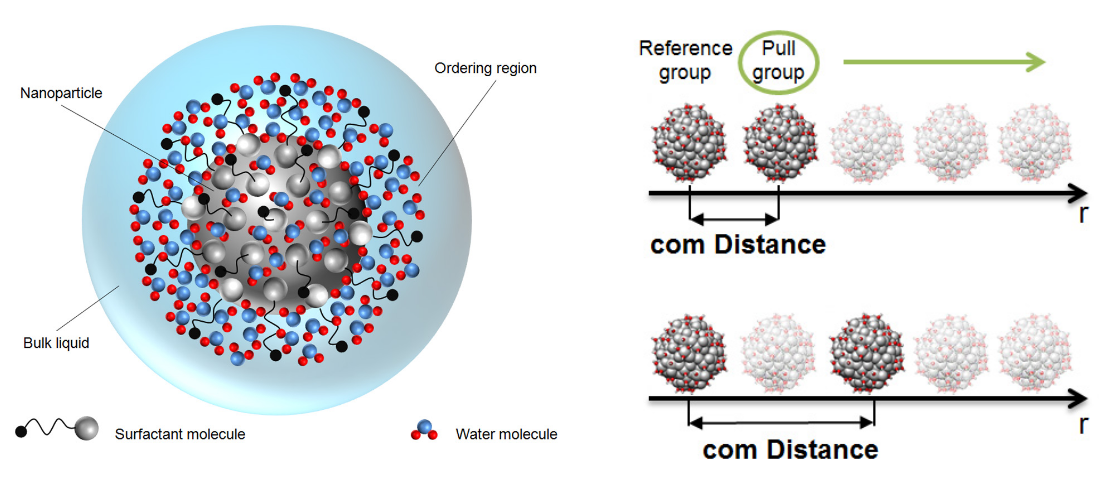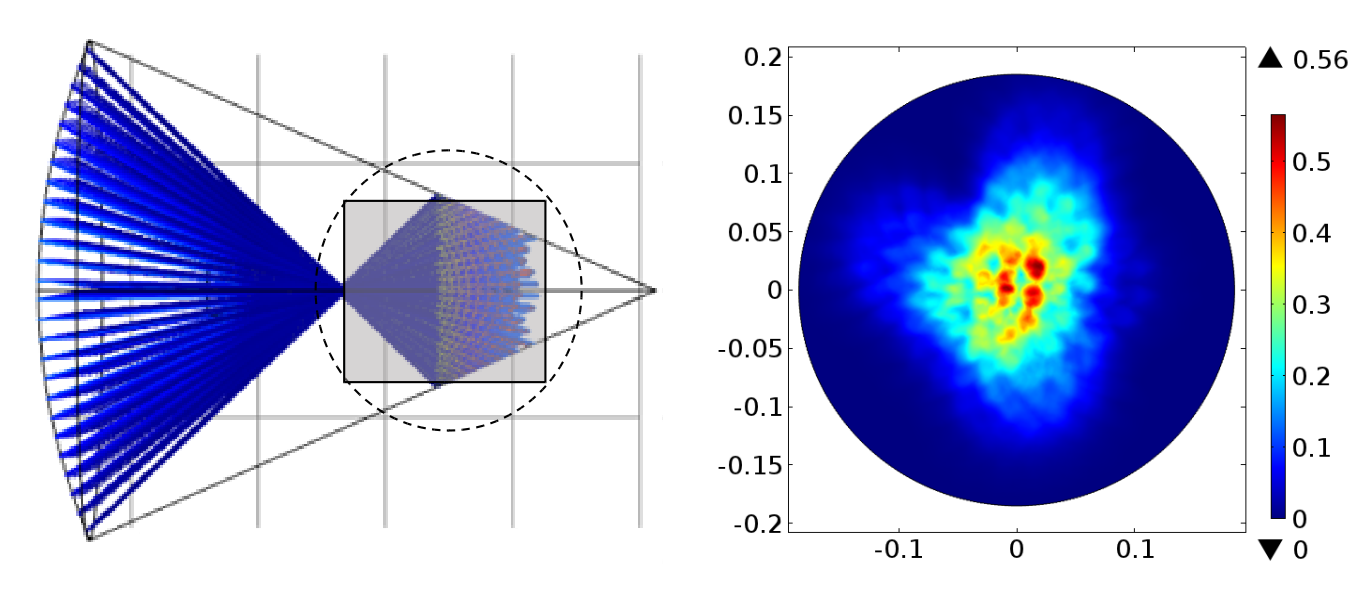Multi-Scale Modeling Laboratory
- a SMaLL step forward -
Multi-Scale Modeling Laboratory
- a SMaLL step forward -
Nowadays, micro and nanotechnologies are undergoing a rapid exponential growth. According to this new way of looking at how to manipulate and utilize matter on a very small scale, our vision is to explore the potentialities of nanotechnologies for energy-related problems. These technologies have a tremendous potential for solving long-lasting problems in energy and biomedical engineering, as for example, using nano-functionalized coatings for heat transfer enhancement or the magnetic properties of iron for innovative cancer treatments. In this view, understanding the transport phenomena which occur on the atomistic scale of matter is essential for engineering exploitation. Thus, modeling of these phenomena is a fundamental step for further simulation and exploitation of the results. Most of the times, nano-technological ideas do not go beyond the proof-of-concept: to avoid this, we work in strong connection with experiments and experts of the field for pushing ideas towards the industrialization.

Left: liquid layering around an Al2O3 nanoparticle. A. Cardellini et al. J. Phys.: Condens. Matter 28 (2016) 483003.
Right: pulling procedure for Al2O3 nano-particles. A. Cardellini et al. Energy Procedia 91 (2016) 3-10
The complex interactions occurring in most physico-chemical systems, often represent a limit
for the numerical solution of detailed models (let us think, for example, to the complexity of
detailed combustion models).
Hence, model reduction techniques can be adopted to reduce the complexity of the models without
hindering their characterizing features. In our laboratory, we study and develop systematic
techniques for this reduction, in order to help the investigation of new phenomena.
As an example application of these techniques, let us consider the complex dynamics of a
bio-physical system (e.g a biological sensor for lipids). Molecular simulations can
be used to explore the configurations of this system; however, if we are interested in rare
events occurring at large time scales, the algorithm used to sample the system's phase space
represents a limit. If not biased indeed, the algorithm continuously revisits already
explored locations of the conformation space, resulting in a considerable waste of computational
time and thus preventing the possibility to reach time scales at which interesting
things happen. Using model reduction techniques together with machine learning algorithms,
molecular simulations can be biased, that is "instructed", to explore more "interesting"
locations of the conformation space.

In parallel to modeling activities on the atomistic level, in our group we develop models for continuum-scale problems. This activity, together with simulations, is often useful and complementary to experimental tests. As an example, we have recently developed a continuum model to predict the power output of our solar concentrator.
